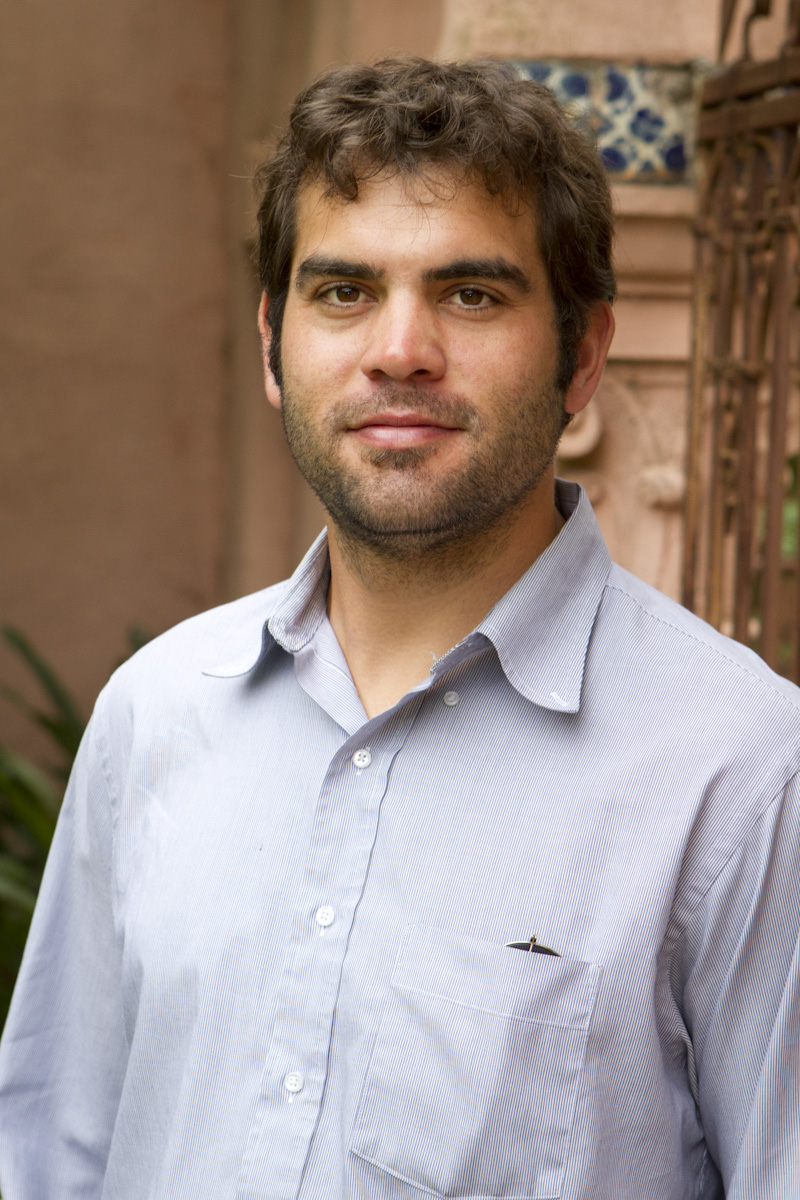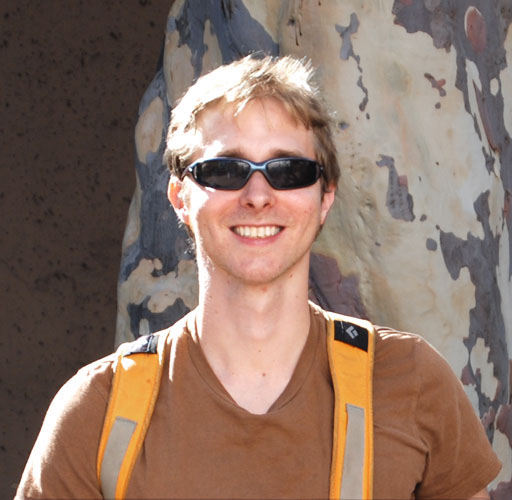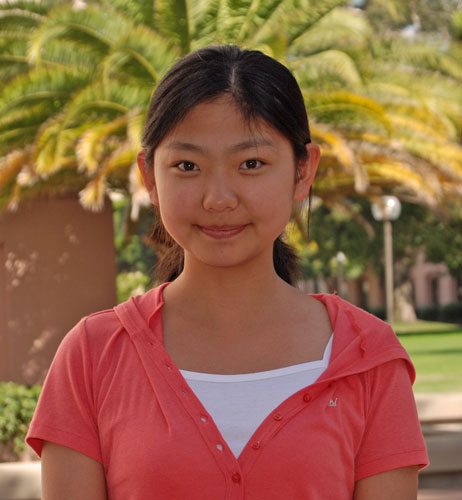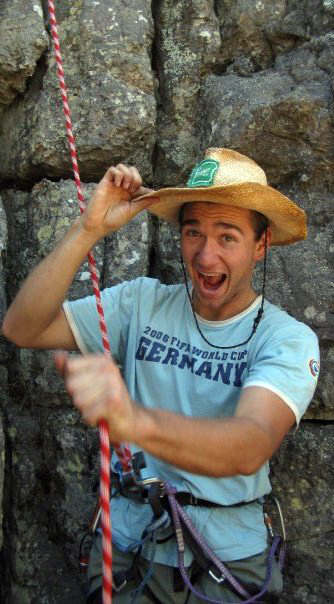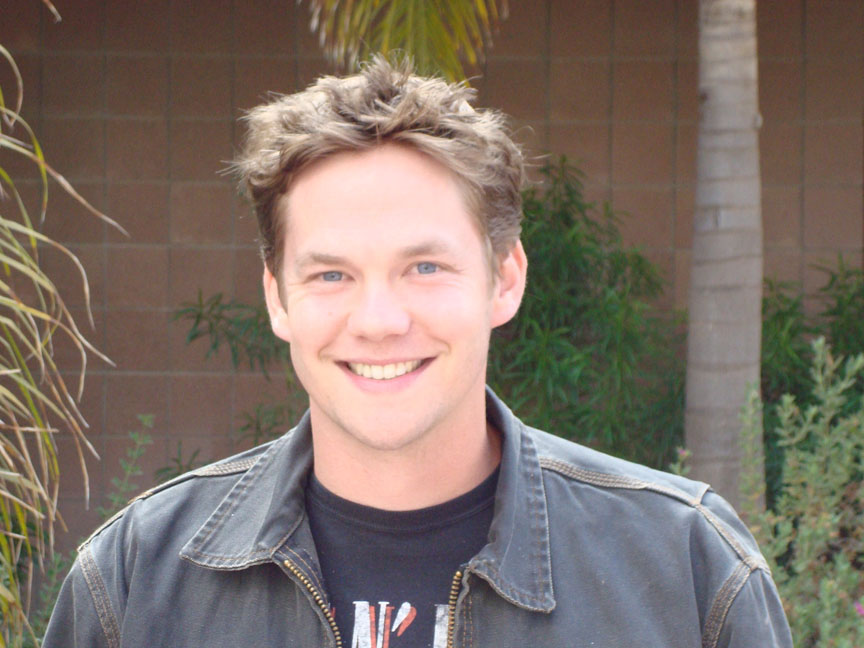Seven Geography graduate students have been awarded Dangermond Travel Stipends this year. The funds are used to enable students to present GIS-related work at conferences and workshops. This year’s recipients are:
- Micah Brachman for a presentation of “Optimizing Safe Routes to Schools” at the AAG Annual Conference in Seattle: “California’s Safe Routes to School (SR2S) construction program funds infrastructure projects that improve route safety and increase the physical activity level of schoolchildren. Sidewalk and crosswalk improvement projects funded under this program increase the number of children who walk to school and decrease the potential for conflicts between vehicles and pedestrians. In order to secure SR2S funding, cities and counties must submit a plan that mitigates safety hazards around schools within a set budget. We present a Safe Routes to School Infrastructure Improvement Model, which can help cities and counties decide which infrastructure improvement projects should be included in an SR2S plan. This network flow model generates walking routes to a given school and determines which sections of these routes to improve such that overall pedestrian risk is minimized. Application of this model to pedestrian networks surrounding several schools in Santa Barbara, CA demonstrates how it can help prioritize infrastructure improvements within SR2S funding limits.”
- Gargi Chaudhuri for a presentation of “The Impact of Expanding Bioenergy on Land Use: A Spatially Explicit Modeling Approach” at the AAG Annual Conference in Seattle: “Increasing global population prompts increases in urbanization, demand for food, consumption of energy, carbon emissions, and loss of biodiversity. The Energy Independence and Security Act (EISA) of 2007 established a modified new U.S. Renewable Fuels Standard, which started at 9.0 billion gallons in 2008 and will rise to 36 billion gallons by 2022, of which, 15 billion gallons is ethanol from corn starch and 21 billion gallons is required to be obtained from cellulosic ethanol and other advanced biofuels. It is important to understand how the expansion of bioenergy crops may be accommodated by conversion of existing land use/cover. We present a spatially explicit model to assess which ecologically vulnerable areas will have the potential to change into biofuel cropland.”
- Kitty Currier for a presentation of “Auditory representation in geographic and spatial applications” at the AAG Annual Conference in Seattle: “Tools designed to facilitate spatial tasks have historically favored the sense of vision over hearing to convey information. As the quintessential geographic accessory, the paper map embodies this bias. A technological shift from analog to digital media has enabled creators of geographic and spatial information products to include sound in their applications. As an inherently temporal phenomenon, sound provides a temporal aspect to geographic representation. Drawing upon theory from acoustic ecology, psychoacoustics, and other disciplines that explicitly consider sound, a framework is illustrated that characterizes spatial and geographic applications in their use of sound to convey information…This discussion demonstrates the value in applying theory from multiple disciplines to the study of geographic topics and suggests that the potential for using sound in geographic representation remains great.”
- Frank Davenport for a presentation of “Child Malnutrition and Climate Change in Sub-Saharan Africa: An analysis of recent trends in Kenya” at the Population Association of America Annual Meeting in Washington, DC: “Approximately 30% of children under 5 in Kenya are malnourished and faced with a warming climate the rates of malnourishment may continue to increase. Like several countries within Sub-Saharan Africa, Kenya is characterized by significant decreases in rainfall and increases in temperatures. These climate changes are linked to a decrease in arable land which may impact crop production and food availability. The purpose of this research is to investigate the relationship between rates of child stunting, a measure of malnutrition, and climate. Using georeferenced Demographic and Health Survey (DHS) data collected in 1989 and 2008 for Kenya linked with detailed climate data spanning the last 30 years, we use macro- and micro-level regression analysis, adjusting for spatial correlation, to construct and compare models of child stunting. Our results will expand and improve scientific understanding of the causes of child malnutrition and the impacts of climate change.”
- Shishi Liu for a presentation of “Estimating Actual Evapotranspiration in Mediterranean Annual Grassland Using Digital Webcams” at the AAG Annual Conference in Seattle: “Annual grasses are more sensitive to water availability than other plant functional types because of their shallow root systems. Monitoring actual evapotranspiration (AET) can improve our knowledge of the timing of water needs and phenological activities such as flowering and senescence. Webcams have proven useful in providing fine resolution documentation of seasonal changes in plant morphology. Here we investigated whether webcam images could be used to estimate AET of annual grasses in California…The successful application of webcams to estimate AET at annual grasslands demonstrated many advantages of webcam over the traditional methods. The estimates based on the webcam images can help validate models for mapping evapotranspiration at regional scales in a relatively simple system.”
- Ed Pultar for a presentation of “Social networks, travel behavior, social capital” at the AAG Annual Conference in Seattle: “Social networks are common in contemporary times and the use of digital social networks allows for new behaviors. This research examines how social networks change a member’s travel behavior. Specifically, the CouchSurfing network with over 2 million members is used here as a case study. In this network, individuals on every continent offer each other a couch to sleep on while traveling. After members find each other virtually they meet physically face-to-face. This paper presents results from a survey showing what influences people to be active in this network and barriers that limit their activity. Additionally, social capital within this social network is examined. The methods presented utilize an explicit influence of geographic or spatial distribution of an individual’s connections within the social network. GIS methods are used to visualize spatial behavior in these social networks.”
- Nate Royal for a presentation of “Guinea Worm and Niger: What was learned?” at the AAG Annual Conference in Seattle: “This paper is a study to assess the distribution of Guinea worm cases in the Tillaberry region of Niger, West Africa for a five year period. Using existing data on the spatial distribution of Guinea worm cases in the study region and environmental data this study aims to develop a habitat suitability model through analysis in a GIS. The study assumes that the case data shows all cases of Guinea worm during the study period (2002-2006). The habitat suitability model highlights the relationships between the location of lakes known to contain Guinea worm larva and their proximity to specific geographic features including medical facilities, water sources, transportations networks, and population centers. Results of this study show a relationship between the distance health facilities are from lakes and clustering of Guinea worm cases.”

.jpg)
